OceanWorldsLab
Check out the latest news on our work and from our team:
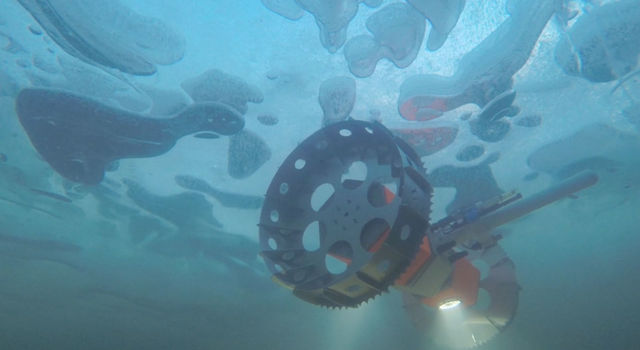
BRUIE, or the Buoyant Rover for Under-Ice Exploration, is being developed for underwater exploration of ocean worlds such as Europa and Enceladus by a team of scientists and engineers from the JPL Ocean Worlds lab. In December 2019, team members Kevin Hand, Andy Klesh, and Dan Berisford flew to Australia's Casey research station in Antarctica to test the mobility and endurance of the rover. These tests allowed the team to test out BRUIE's capabilities and gain experience that will help the team prepare for future missions that could one day search for life in ice-covered ocean worlds beyond Earth.
View JPL Article View CNN Article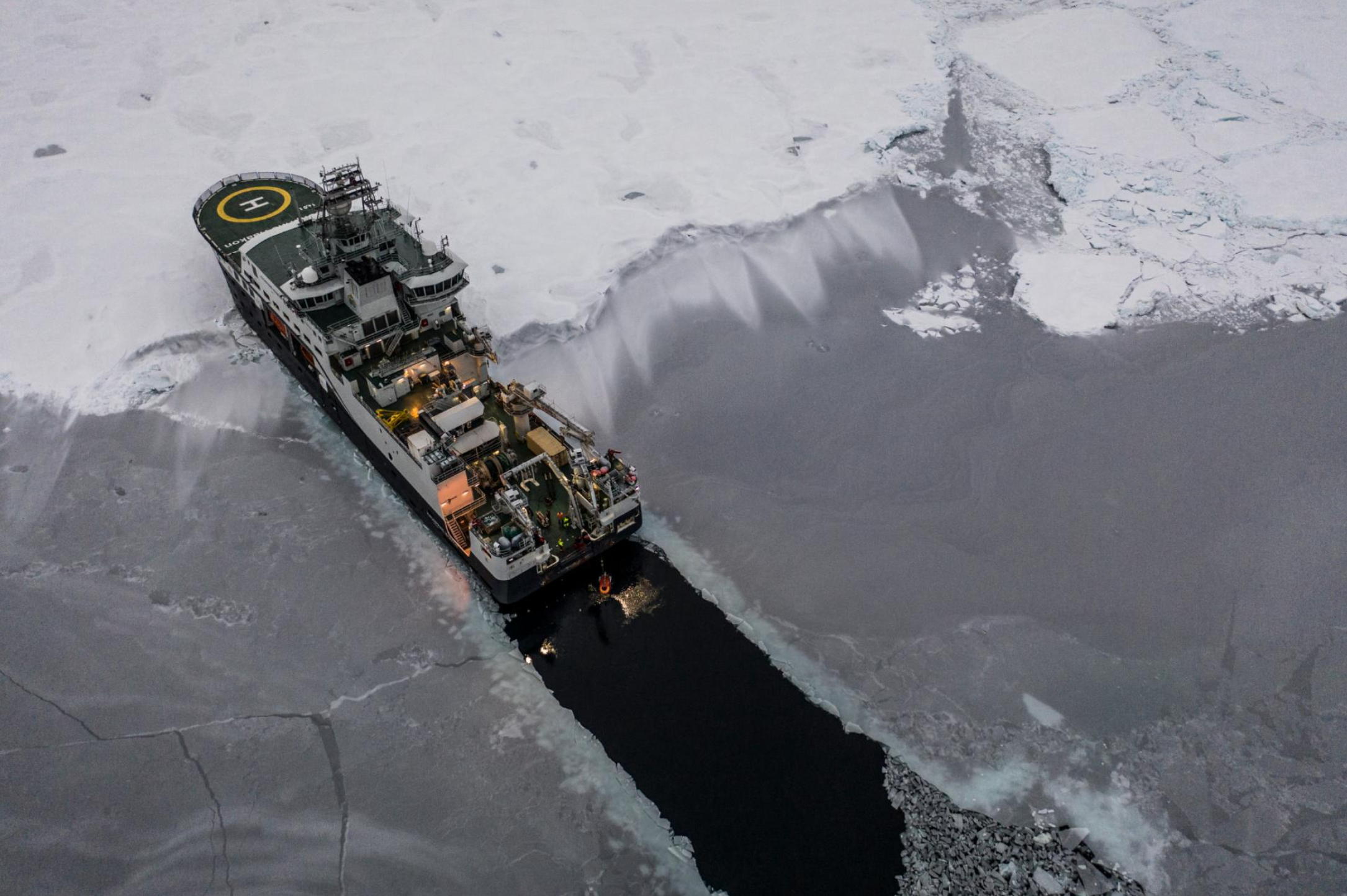
Lab members Kevin Hand and Andy Klesh participated in the Hot Vents in an Ice Covered Ocean (HACON) expedition together with colleagues from Norway, Germany, and Portugal. The HACON team spent several weeks on the ice breaker R/V Kronprins Haakon exploring the Gakkel Ridge, an undersea rift system north of Greenland. Here, they deployed underwater robots to explore a hydrothermal vent field located 4,000 m below sea level. These hydrothermal vents may be a similar environment to those inside oceans of icy moons like Europa and Enceladus - possible abodes for life beyond Earth.
View National Geographic Article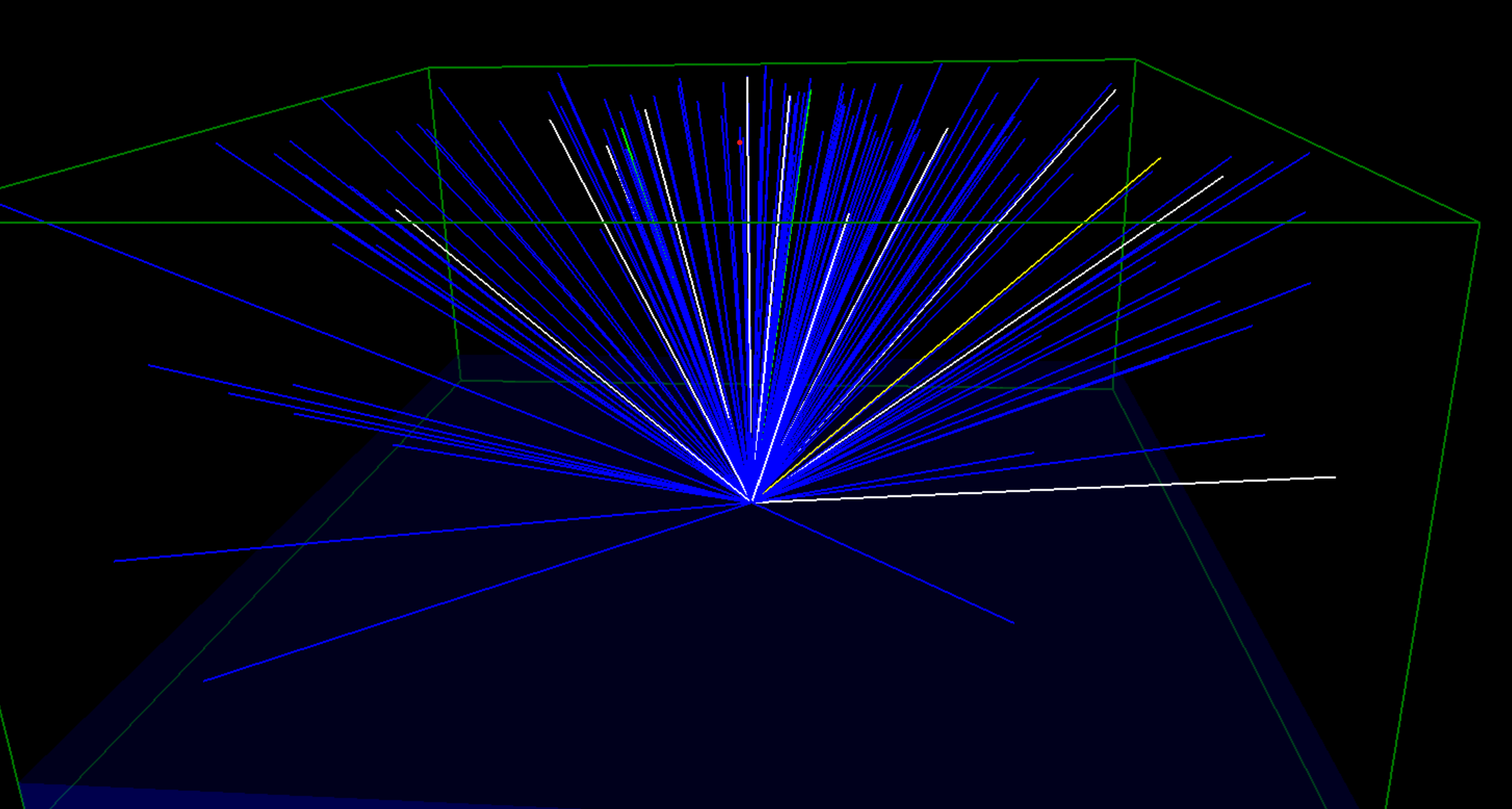
A new study led by lab member Tom Nordheim has provided the first ever estimates for the radiation dose due to Galactic Cosmic Rays on the surface of Europa. The study demonstrates that Jupiter’s magnetic field prevents most of these ultra high energy particles from reaching Europa's surface, and that this type of radiation is not therefore capable of destroying any biosginatures that could be present there.
View Research Paper
A new study led by lab members Tom Nordheim and Kevin Hand has provided the first comprehensive maps of radiation for Jupiter's moon Europa. Using computer models and data gathered by NASA's Galileo mission, the team studied the interaction of radiation from Jupiter's magnetosphere with material on Europa's surface. The study predicts that, if signs of life from Europa's subsurface ocean are present in that material, it will be shielded from damaging radiation if buried to depths of only 10cm.
View JPL Article
Lab member Kevin Hand is a Co-Investigator on the Europa SUrface Dust Mass Analyzer (SUDA) instrument, which will study the nature and chemical composition of dust ejected from Europa's surface. Lab member Tom Nordheim is a science team affiliate, and has been investigating how radiation from Jupiter's magnetosphere is interacting with Europa.
View Scientific American Article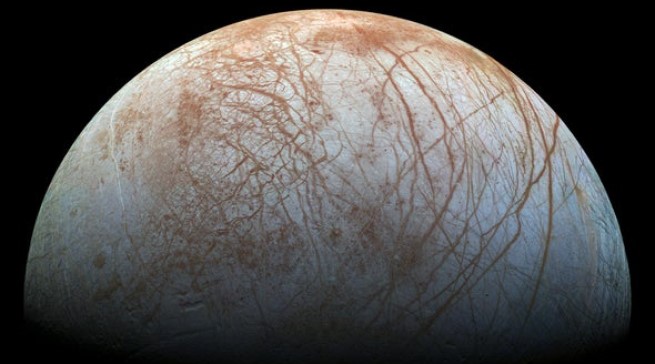
A team that includes lab member Kevin Hand has found that much like the Earth’s oceans, the subsurface ocean of this icy moon of Jupiter contains sodium chloride, the main ingredient of table salt. By filling in this key piece of information about Europa's ocean, scientists are better equipped to understand whether the conditions for life could be present.
View Scientific American Article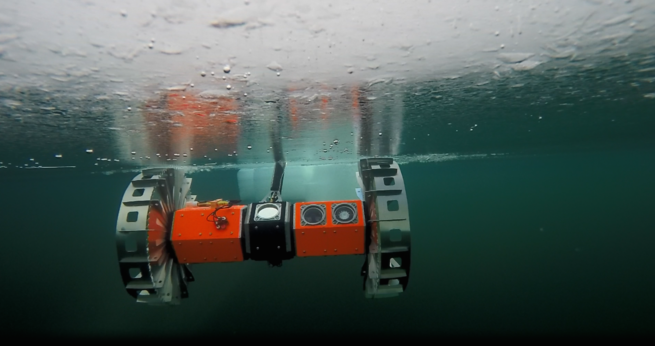
Submarines and rovers will go for a dive on the moons of Jupiter and Saturn.
View PopSci Article
Irradiation-induced color changes in sodium chloride could reveal whether it came from ocean water mixing with surface water, a key component of the moon’s potential to support life.
View EOS Article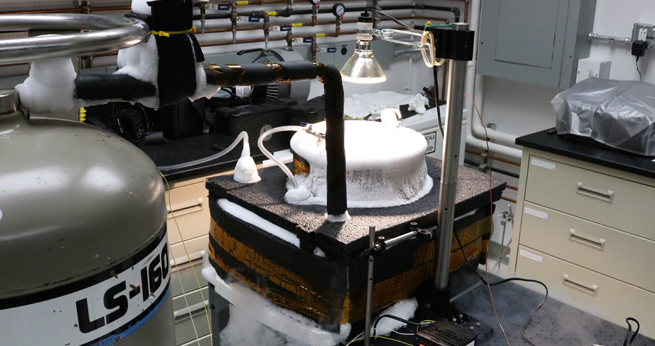
A look at the idea lab where scientists are preparing for a fly-by mission to one of Jupiter’s icy moons.
View Science Friday Article